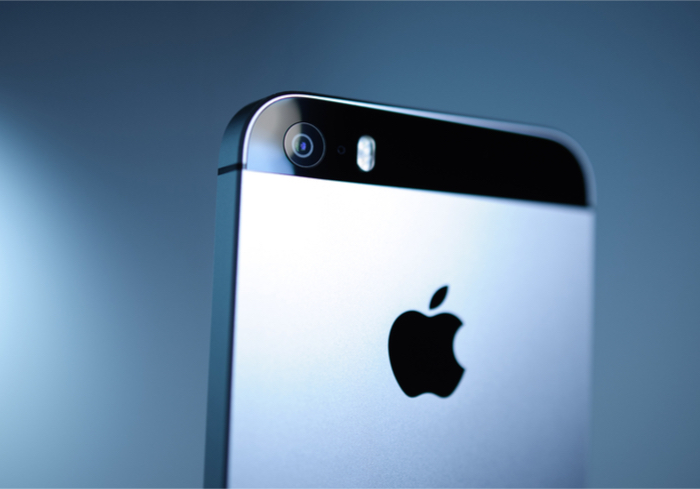New data shows that more customers are choosing iPhone over Samsung devices this year, with iPhones accounting for 36 percent of total U.S. smartphone activations during the second quarter of 2018.
The new numbers are an improvement over last year, when iPhone activations accounted for just over 30 percent of total activations, according to data from Consumer Intelligence Research Partners.
In comparison, Samsung devices were responsible for 36 percent of new activations during the quarter—a decline from last year.
“Apple improved in part at Samsung’s expense, whose share of activations declined relative to both last quarter and last year,” said Mike Levin, partner and co-founder of CIRP, according to Apple Insider. “In a quarter without any significant phone launches, Samsung had market share only equal to Apple’s. A year ago, Samsung had a considerably greater share of sales.”
As far as operating systems are concerned, iOS and Android dominate, with iOS accounting for 36 percent of activations during the quarter. Android, which runs on different smartphones from multiple manufacturers, accounted for 63 percent.
But compared to last year, iOS’s share of activations grew.
Advertisement: Scroll to Continue
“Apple iOS improved its share of activations relative to last quarter and to one year ago,” said Josh Lowitz, partner and co-founder of CIRP. “This reverses the trend from a year ago, when Apple’s share fell relative to the March 2017 quarter. As we’ve seen before, consumers have become increasingly loyal to an operating system.”
This data is good news for Apple, which earlier this year was hit with a prediction of softer smartphone sales from Taiwan Semiconductor Manufacturing Co. (TSMC).
TSMC, the world’s largest contract chipmaker and a major Apple supplier, said it expected 2018 growth of 5 percent for the global semiconductor industry, lowering its prediction from an earlier forecast of 5–7 percent.
In addition, Mizuho Securities USA revealed that its data also points to soft demand for the iPhone X, as well as a steady fall in iPhone 8 and 8 Plus orders.




